Artists outraged by artificial intelligence that copies in seconds the styles they have sacrificed years to develop are waging battle online and in court.
Fury erupted in the art community last year with the release of generative artificial intelligence programmes that can convincingly carry out commands such as drawing a dog like a cartoonist Sarah Andersen would, or a nymph the way illustrator Karla Ortiz might do.
Such style-swiping AI works are cranked out without the original artist’s consent, credit or compensation — the three C’s at the heart of a fight to change all that.
In January, artists including Andersen and Ortiz filed a class-action lawsuit against DreamUp, Midjourney and Stable Diffusion, three image-generating AI models programmed with art found online.
Andersen told AFP she felt “violated” when first she saw an AI drawing that copied the style of her “Fangs” comic book work.
She fired off an indignant reaction on Twitter; it went viral, and other incensed artists reached out to her with stories of their own.
Backers of the suit hope to establish legal precedent governing generative AI models that copy artists’ styles.
Artists want AI creators to be required to secure permission for works used in training software, with an option to remove it.
They also want suitable compensation.
“There is room for a conversation about what that would look like,” said Ortiz.
Compensation could take the form of a licensing model, she mused, and would need to be appropriate.
It would be wrong for artists to “get a couple of cents while the company gets millions” of dollars, added Ortiz, whose resume includes working for Marvel Studios.
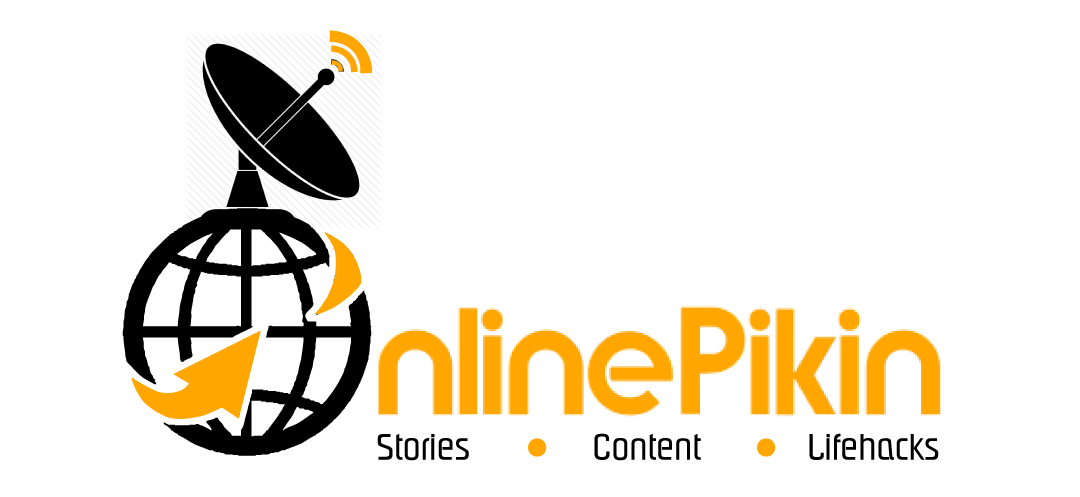

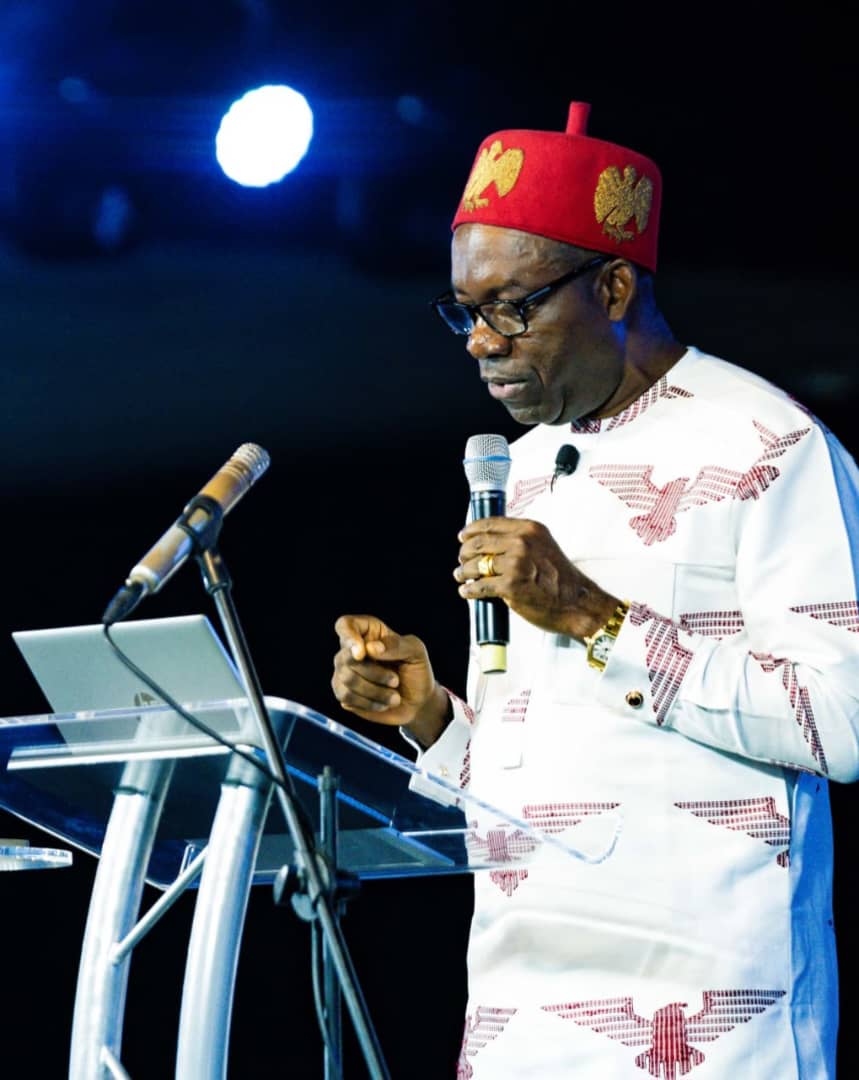
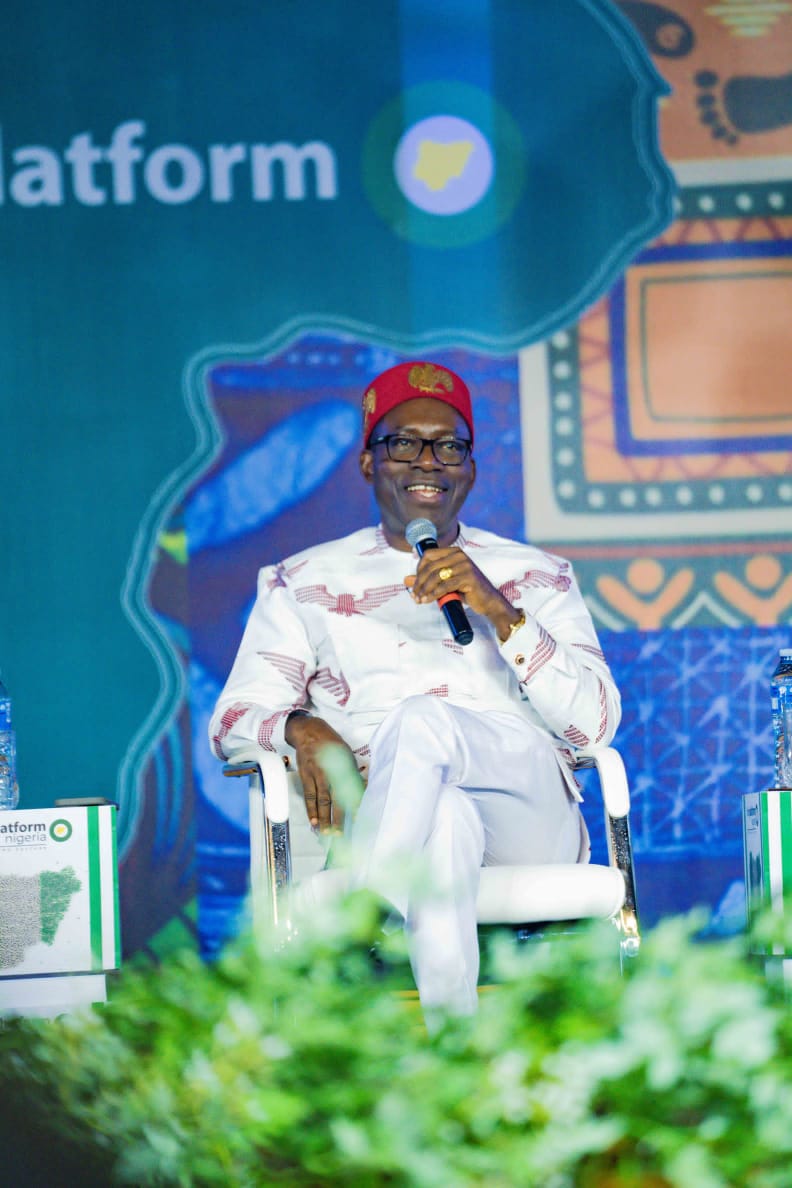



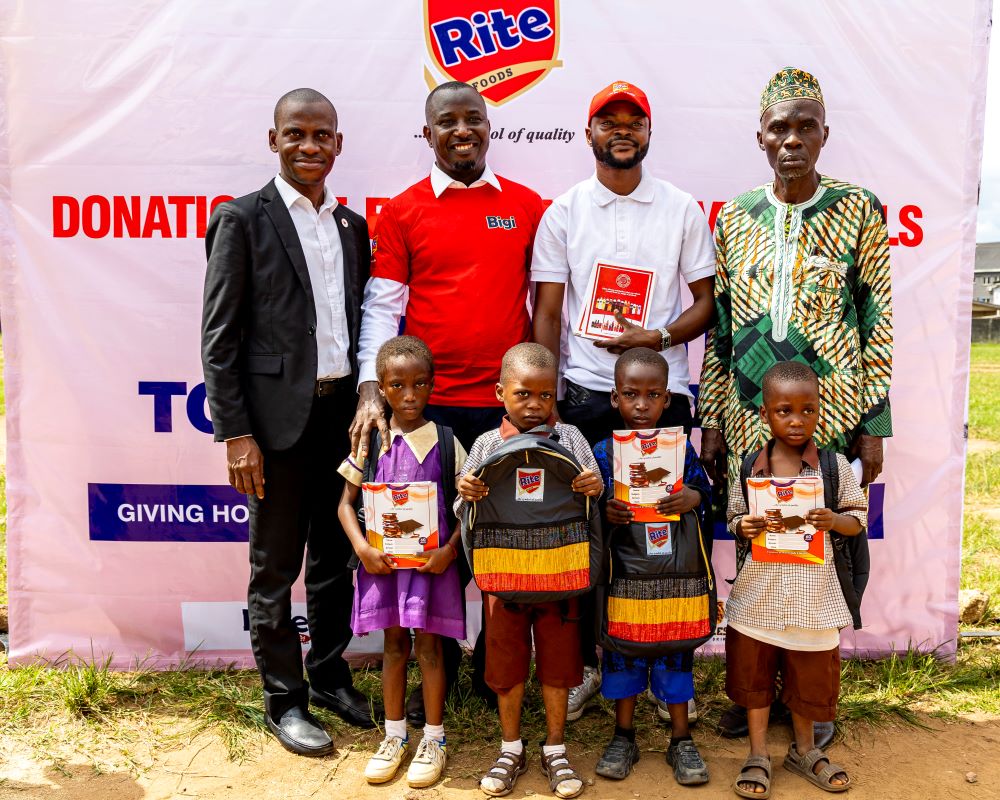
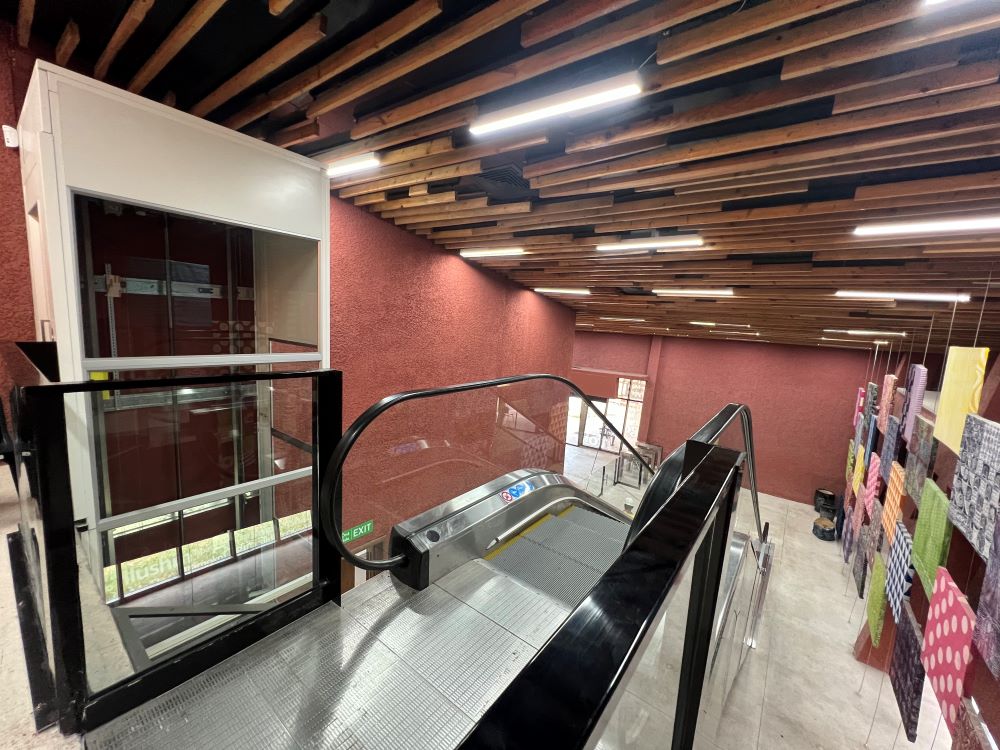
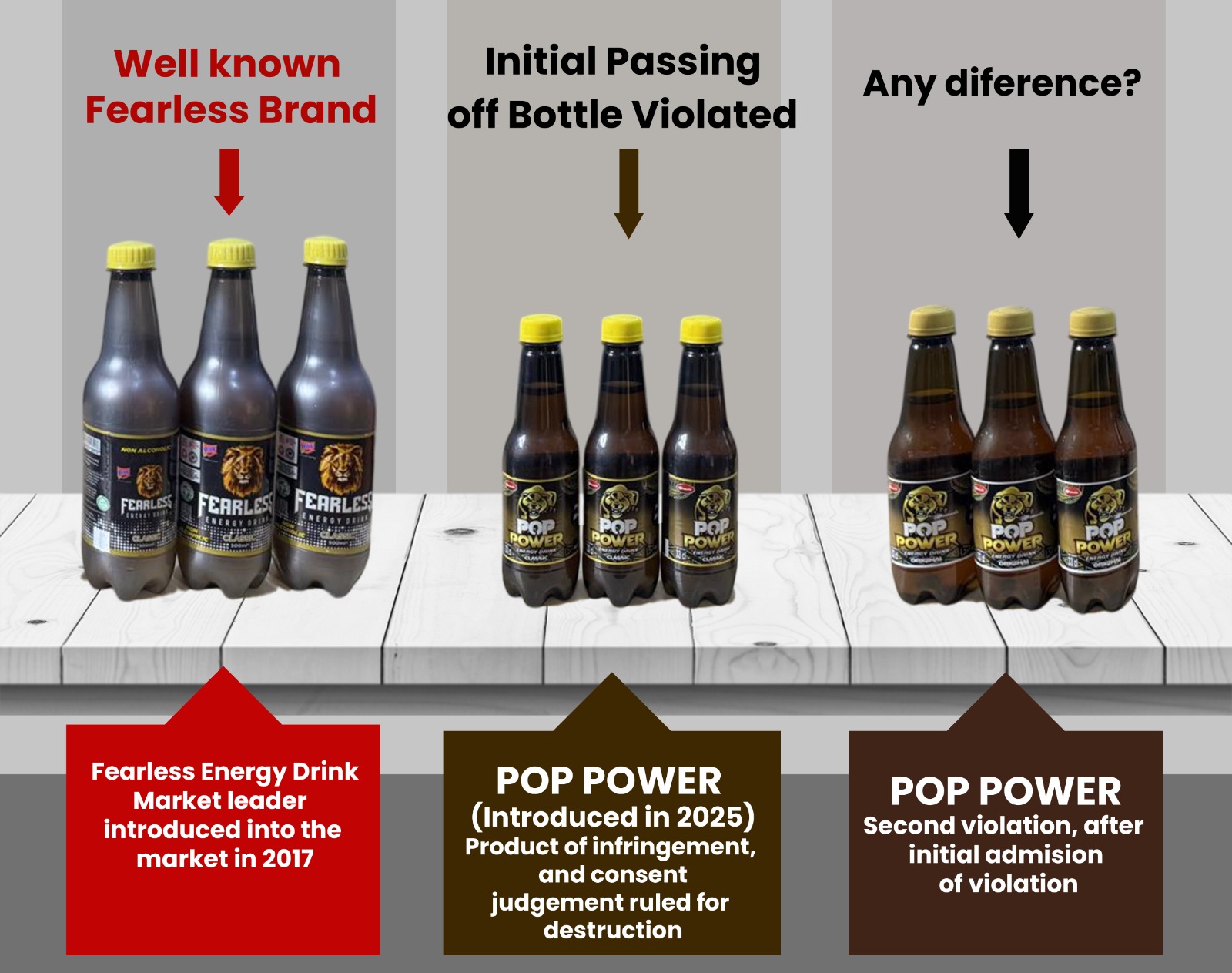




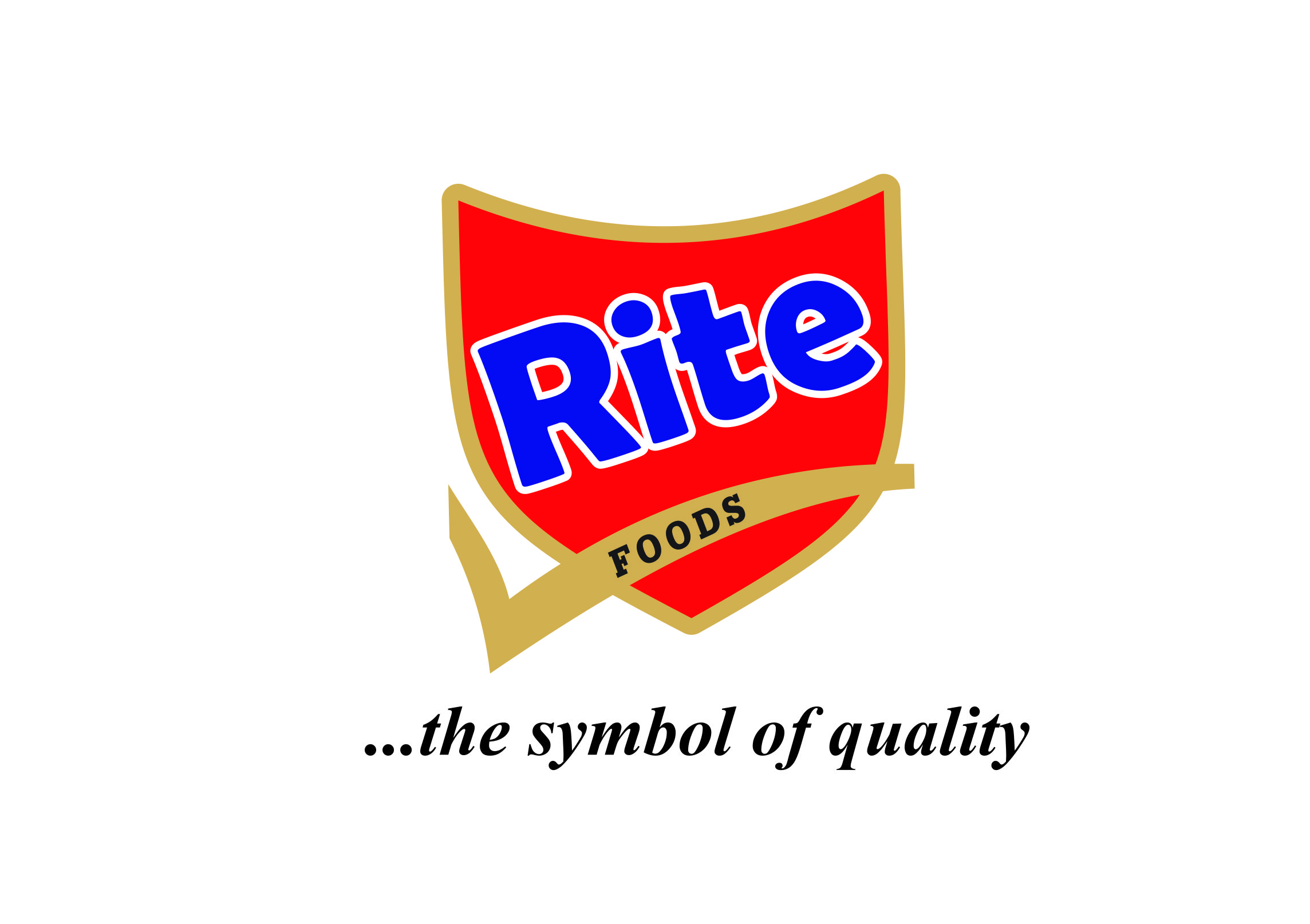
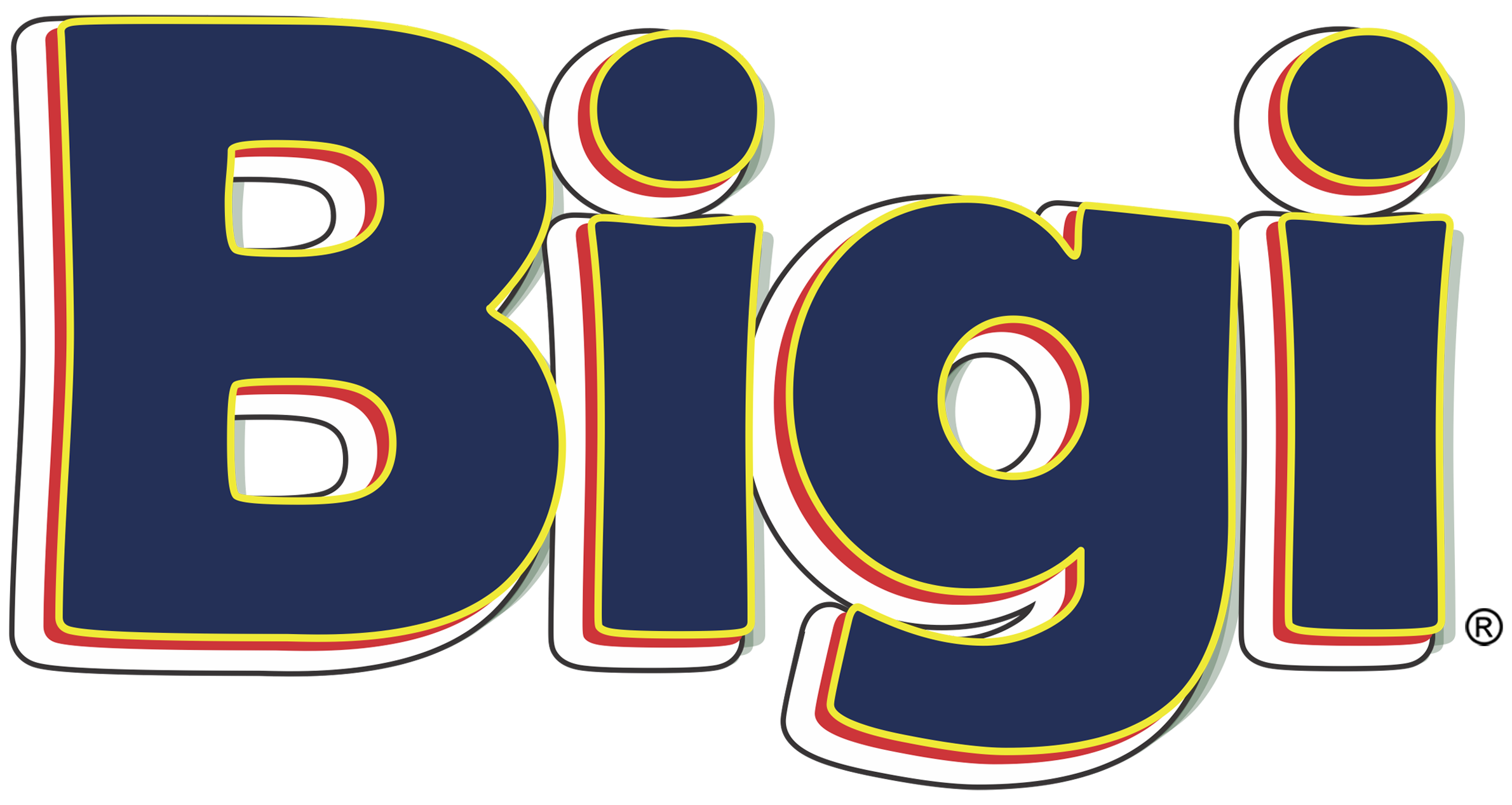
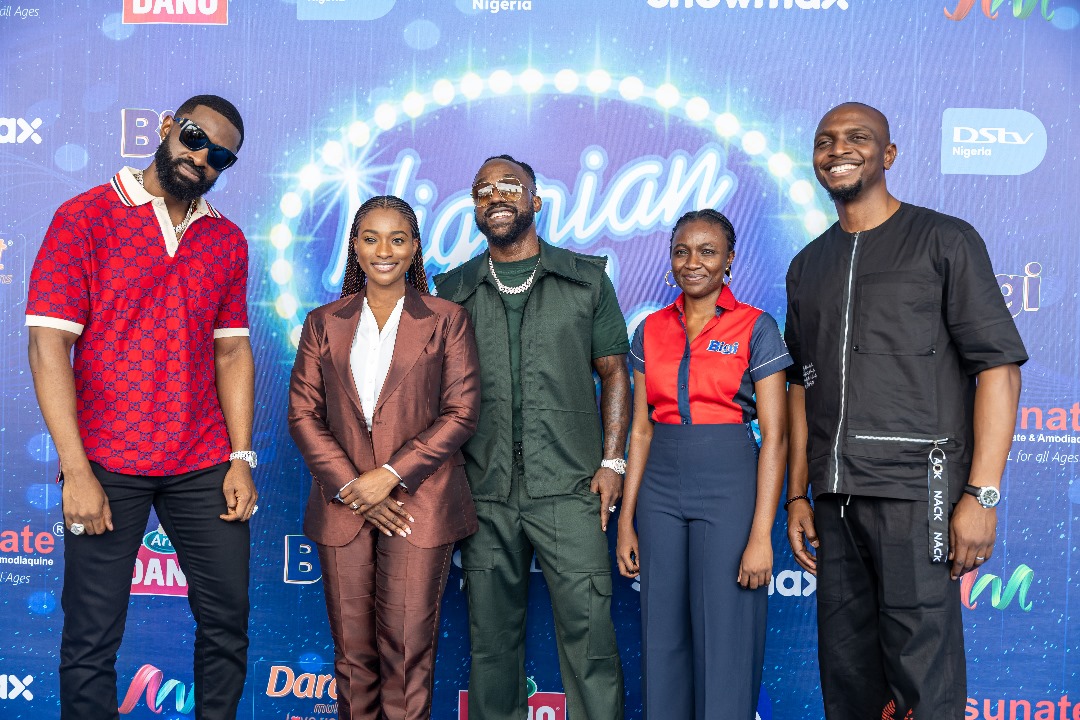
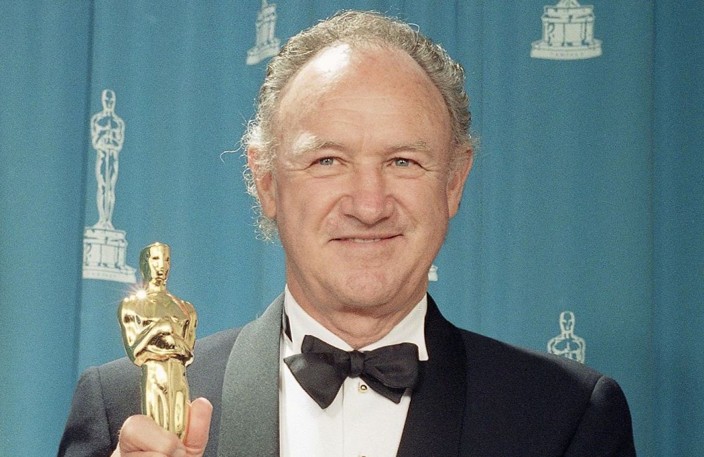
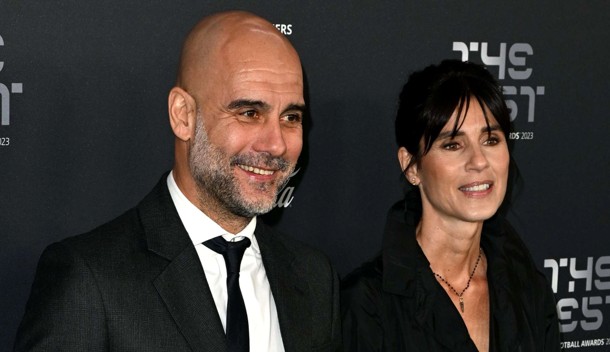
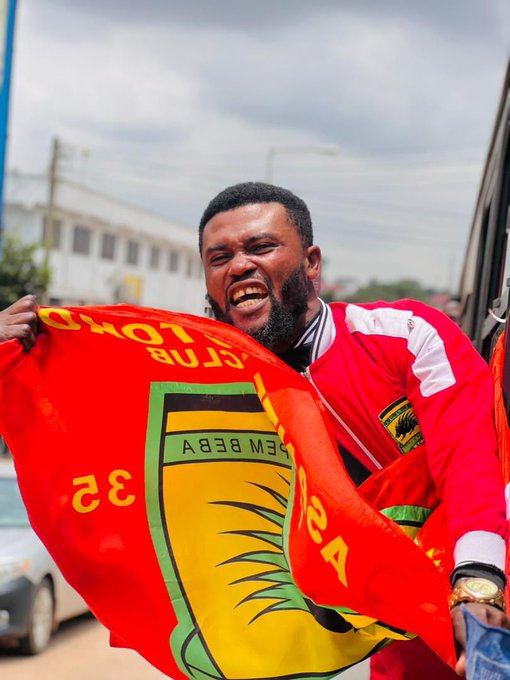
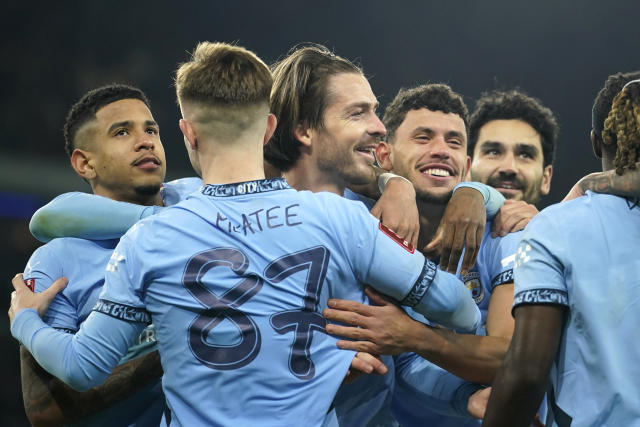


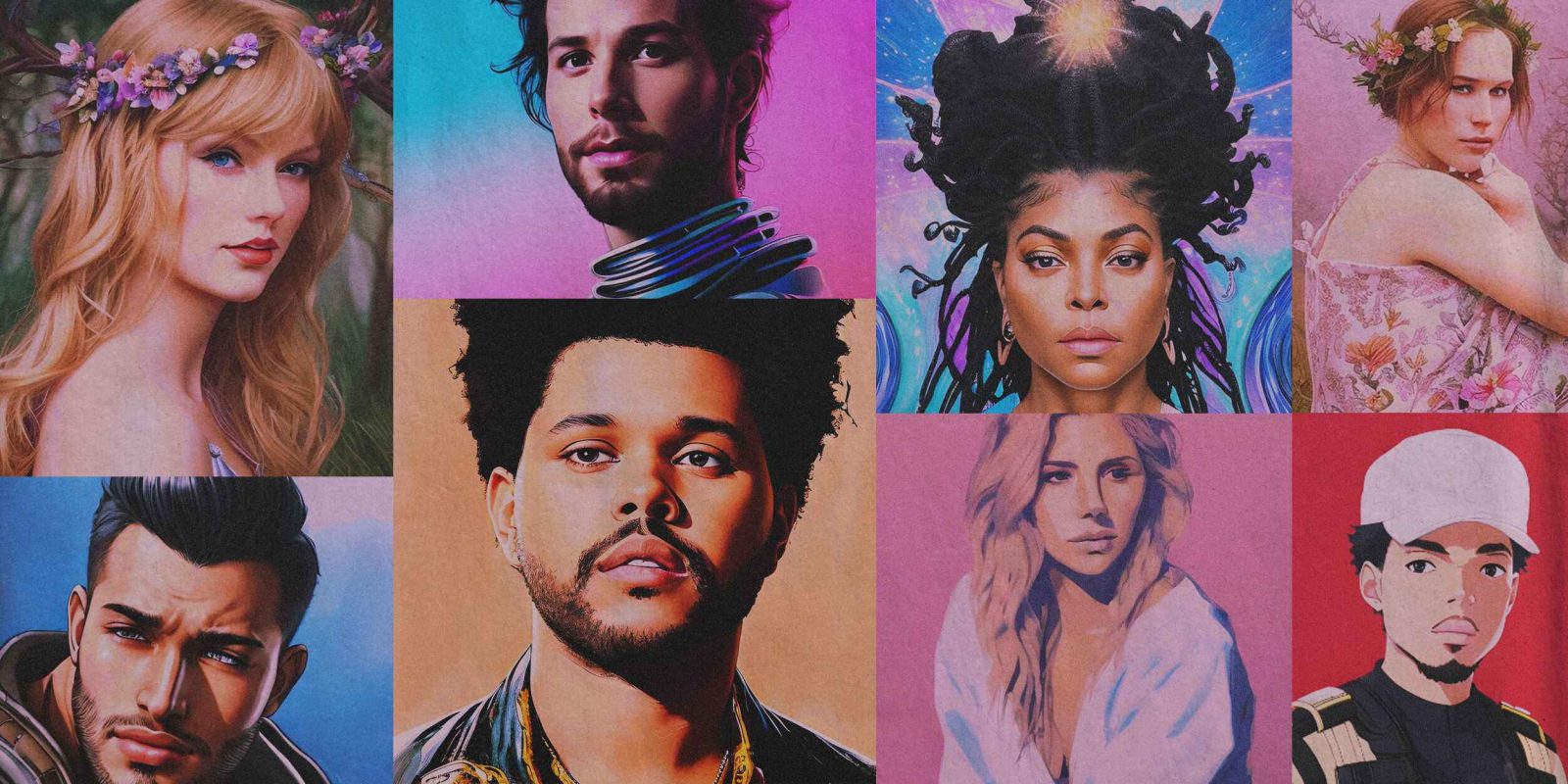
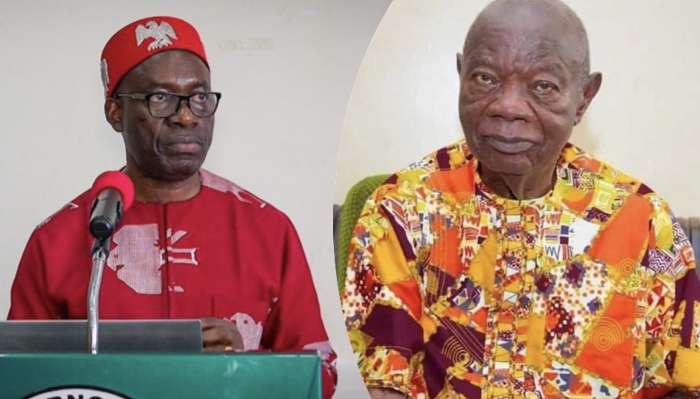



Leave a Reply